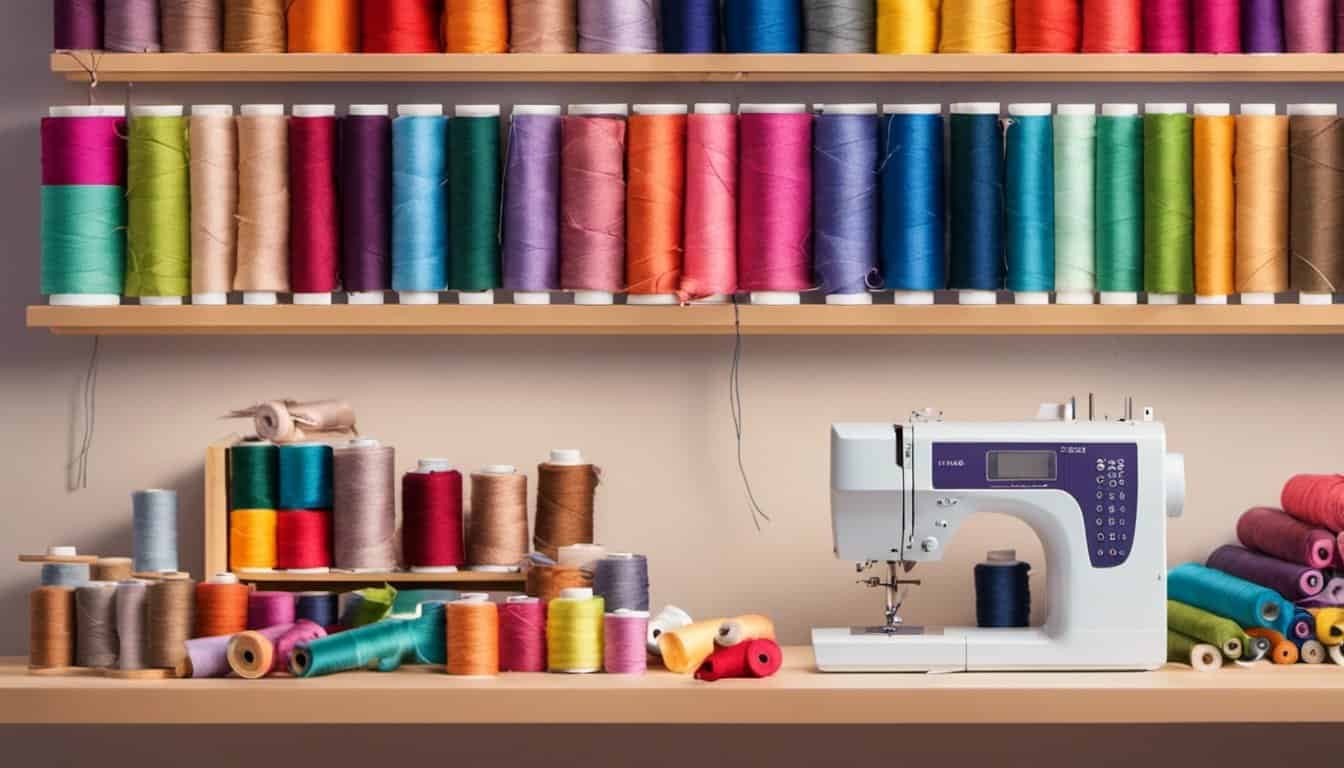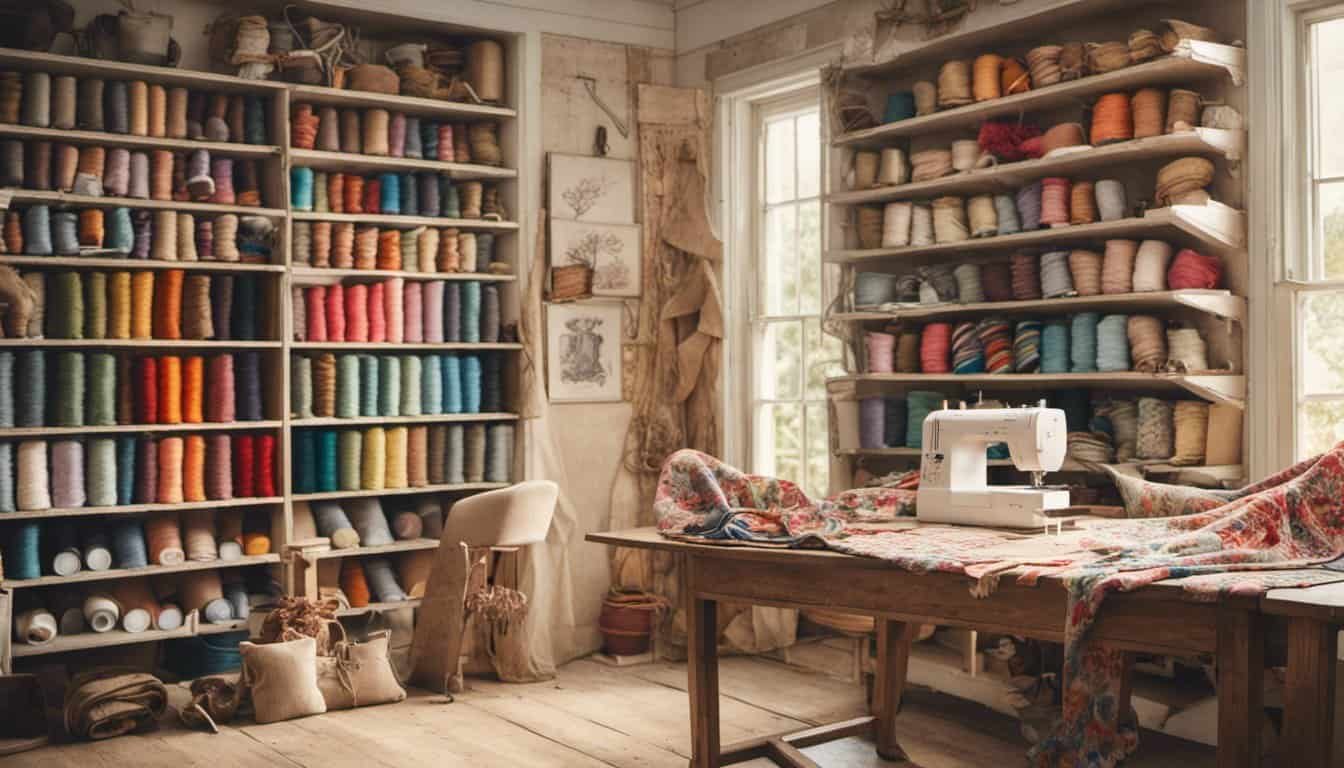Ever felt the itch to create something with your own two hands? Hand sewing is a timeless craft that lets you bring your creative visions to life, one stitch at a time. Whether you’re mending a tear, customizing your wardrobe, or starting a new project from scratch, hand sewing offers a rewarding and therapeutic experience.
You don’t need a fancy machine or a ton of supplies to get started. With just a needle, thread, and a bit of patience, you can master the basics and tackle a variety of projects. Ready to dive in? Let’s explore the essential techniques and tips that will make your hand-sewing journey both fun and fulfilling.
Essential Tools for Hand Sewing
Hand sewing allows you to create and mend with precision. Key tools enhance your efficiency and enjoyment.
Choosing the Right Needles
Selecting the correct needle depends on your fabric and project. Hand needles come in various sizes and types:
- Sharps Needles: Best for medium to heavy fabrics (e.g., cotton, wool).
- Embroidery Needles: Have larger eyes for embroidery floss or multiple threads.
- Quilting Needles: Short, strong needles for easy maneuvering through quilt layers.
- Beading Needles: Thin and flexible for threading beads and embellishments.
Using the right needle ensures smooth stitching and reduces fabric damage.
Selecting Threads and Fabrics
Threads and fabrics impact the outcome of your project. Choose based on compatibility:
- Cotton Thread: Ideal for natural fibers like cotton and linen.
- Polyester Thread: Versatile and strong, suitable for most fabrics.
- Silk Thread: Luxurious, best for delicate fabrics and invisible stitching.
- Specialty Threads: Metallic or variegated threads add decorative touches.
Match thread weight to fabric weight for balanced seams. For fabrics, natural fibers (e.g., cotton, linen) are easier for beginners, while knits and synthetic fabrics require more skill.
Additional Accessories
Accessories streamline your sewing experience:
- Thimbles: Protect fingers during needlework.
- Pin Cushion: Keep pins and needles organized.
- Scissors: Sharp fabric scissors for clean cuts, small snips for trimming threads.
- Seam Ripper: Essential for correcting mistakes.
- Measuring Tape: Ensures accurate measurements for cuts and seams.
Select high-quality accessories to make your hand sewing more efficient and enjoyable.
Mastering Basic Hand Sewing Techniques
Hand sewing unlocks creativity and precision in every stitch. Understanding foundational techniques is key to crisp, durable seams.
Running Stitch and Backstitch
Running stitches and backstitches form the core of hand sewing.
Running stitches connect fabric pieces for easily adjustable seams. Simply push the needle in and out of the fabric, leaving evenly spaced stitches. Use these stitches for basting or temporary stitches in quilting projects.
Backstitches create more permanent seams. After pushing the needle through the fabric, bring it back and insert it just ahead of the previous stitch. This ensures a robust and lasting seam, ideal for seams on clothes or other stress-bearing areas.
Securing the Thread: Knots and Lock Stitches
Securing your thread properly prevents stitches from unraveling.

Knots anchor your thread when starting or finishing seams. A common practice involves looping the thread around the needle base near the fabric and pulling tight to form a knot. This method ensures the thread stays in place throughout your sewing process.
Lock stitches seal your seam’s end. After finishing your stitching line, insert the needle back through the last stitch and create a small loop. Pass the needle through this loop and tighten it, forming a secure, locked end. This technique provides extra security, especially in high-stress seams.
Handling Common Sewing Challenges
Even with careful attention, hand sewing can present some common challenges. Knowing how to handle these issues ensures smoother and more enjoyable sewing experiences.
Dealing with Knots and Tangled Threads
Knots and tangled threads often interrupt the sewing process. To minimize tangling, cut a manageable length of thread, usually around 18-24 inches. Long threads are more prone to tangling. When a knot forms, stop immediately and gently untangle it to prevent tightening. Using good-quality thread also reduces tangles, as lower-quality threads fray more easily.
Adjusting Stitch Tension
Proper stitch tension ensures a neat, durable seam. If stitches are too tight, the fabric might pucker; if too loose, the seam could be weak. Regularly check your stitching by lightly pulling the fabric sides apart. Adjust the tension by experimenting with stitch length and pull strength. Consistent tension maintains fabric integrity and provides a polished, professional look.
Advanced Techniques for Experienced Sewers
« The Ultimate Guide to Repair Sewing: Save Money and Save the Planet with These Simple Techniques
10 Best Sewing Machines for Embroidery: Unveil Top Picks and Expert Tips »
Delving deeper into hand sewing can enrich your craft, adding intricate details and practical elements to your projects.
Embroidery and Decorative Stitches
Elevate your hand-sewing by mastering embroidery and decorative stitches. These stitches, including the French knot and the feather stitch, add elegance and personal flair to both high-fashion garments and simple home décor. When embroidering, use embroidery floss and a hoop for better tension control. For example, try a satin stitch for smooth, filled areas or chain stitch for outlining designs. Adjust stitch size consistently to maintain uniformity.
Sewing Buttons and Zippers by Hand
Hand-sewing buttons and zippers can enhance garment durability and appearance. When attaching buttons, use a strong, doubled thread and create a shank for movable, secure stitches. For zippers, use a backstitch to secure both sides, hiding the zipper tape beneath the fabric. Practice using varied techniques like invisible zippers for seamless integration into your clothes. Focus on neat, even stitches for professional-looking finishes.
By refining your skills in these advanced techniques, you contribute significantly to your sewing prowess and the quality of your work.
Caring for Your Sewing Projects
Hand-sewn projects require careful attention to maintain their beauty and longevity. Proper care practices ensure that your hard work remains in pristine condition.

Washing and Ironing Tips for Hand-Sewn Items
Wash hand-sewn items with gentle methods to prevent damage. Use cold water and a mild detergent, avoiding bleach and harsh chemicals to preserve fabric and thread quality. For delicate fabrics, hand washing is best.
Dry hand-sewn projects naturally whenever possible. Lay items flat on a clean, dry towel. Avoid wringing to prevent fabric distortion.
Ironing hand-sewn items requires additional care. Use the lowest heat setting suitable for the fabric type. Place a pressing cloth between the iron and the item to protect stitches and fabric from direct heat. Always iron on the wrong side of the fabric to avoid damaging intricate handwork.
Repair and Maintenance of Sewn Articles
Regular maintenance keeps hand-sewn articles in top shape. Examine your items periodically for loose threads or small tears. Repair minor issues immediately to prevent further damage.
Reinforce weakened seams with additional stitches. For torn areas, use patching techniques to add extra fabric pieces, securing them with neat whip or blanket stitches.

Replace worn-out components like buttons, clasps, and zippers promptly. Use matching thread for an unnoticeable repair.
Store hand-sewn projects properly to protect them from dust and pests. Use acid-free tissue paper and breathable fabric storage bags. Avoid plastic containers that can trap moisture and cause mold.
Conclusion
Hand sewing is a journey filled with creativity and satisfaction. As you refine your skills and tackle more complex projects, you’ll find joy in the process and pride in your creations. Remember to take your time, enjoy each stitch, and don’t hesitate to experiment with new techniques. With the right tools and a bit of patience, your hand-sewn pieces will not only look beautiful but also stand the test of time. Happy sewing!











